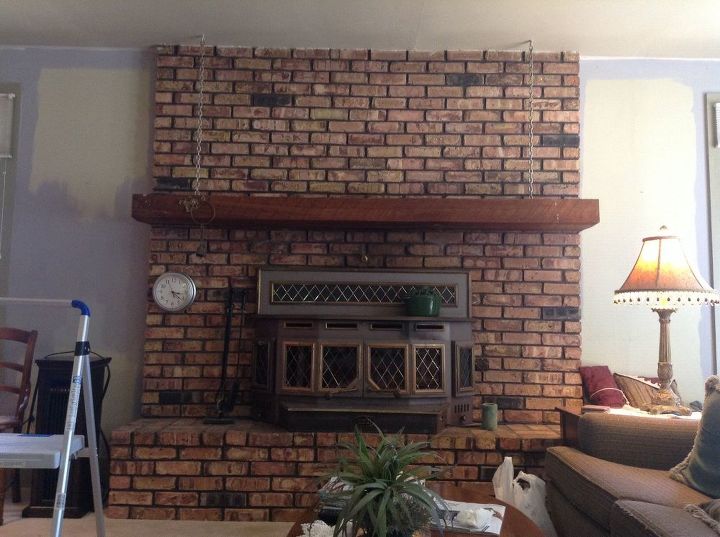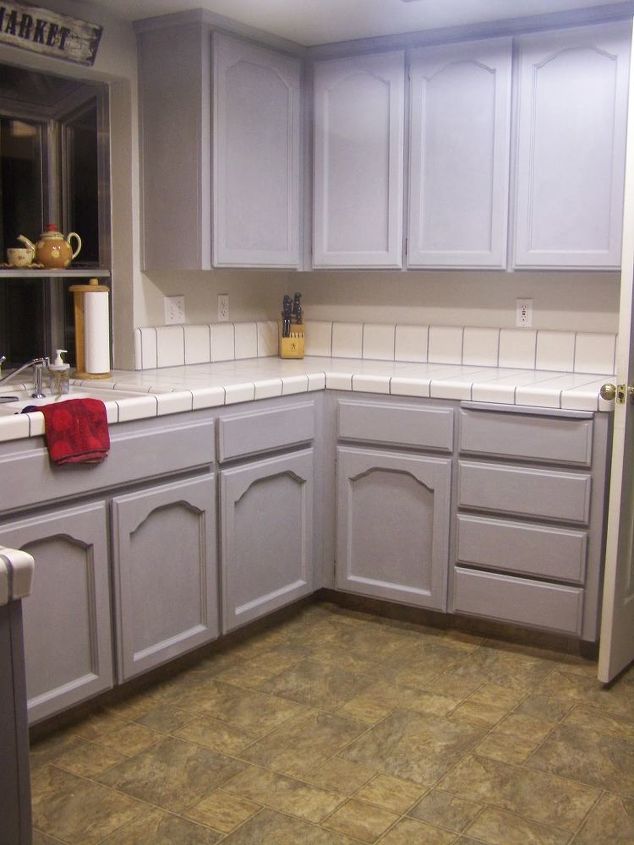I am confused about the proper steps enrolled in using chalk paint...

Related Discussions
Should I paint or stain my oak kitchen cabinets?
I was wondering if you could help me with something -- I have an entirely oak kitchen. I know it's the rage now to paint or gel stain cabinets. I've been considering ... See more
How to paint a metal front door?
How do I paint my front door? It's metal.
How to paint grout?
How do I paint grout to change the color? The grout is in great shape, but the color - meh.
How to whitewash a brick fireplace?
What is the best method to whitewash bricks surrounding a fireplace?
Should I re-stain or paint my cabinets?
Edit:””” 3 years later😂 I decided to paint them white and I am so very pleased with the results!We bought a new house with these ugly cabinets. I really cann... See more
Stripping off A LOT of chalk paint
I've had my first (of many, I'm sure) disastrous DIY project. I have covered my entire kitchen cabinetry with chalk paint and I hate it. It's streaky, it's cracking, ... See more





The wax and sanding steps are optional depending on the look you want, that's why people do them differently.
Basically, using chalk paint means no sanding, no priming; just clean and paint. However, there are always exceptions. Usually you can take a piece of furniture and prep it by using a cleaner to get off old wax, dirt, etc. Then you just paint the piece. Many brands of chalk paint claim you only need one coat, but I find that you need at least two coats for good coverage. After painting you have a choice of how you want to finish it. You may wax it to give it more dimension. There are clear waxes and also color waxes to give your piece different look. Always use a clear wax first before using a darker wax. You do not have to wax—you can put on a clear sealer or poly depending on what kind of use the piece will get. For instance, if you are painting a desk, you will want to put on a clear sealer—one to three coats depending on how much use it will get. I understand how you can be confused, because there are so many different opinions out there. For myself, I have used several differnt methods—I will paint and then just seal it; or I will paint and just wax it. Or sometime I wax and then seal it. Then, of course, there are several other things you can do. You can distress it, glaze it, stencil it—I could go on and on. Also, I should mention that even though I said you do not have to sand or prime, that is not always true. Usually a piece will only need a light sanding, but you really need to prime, if you are covering cherry wood, mahogany or any other wood which can bleed through. It is much better to take a little longer in the beginning than to have to re-paint a piece because the original finish is bleeding through . One trick to priming is to just use a sealer first. That will prevent any bleeding. I like using a product by Vintage Market and Design called Block It… it is well worth the extra step. I'm sorry this is so long, but I hope I helped a ittle and didn't confuse you more.
All the interest of chalk paint is to be "used afterwards, so you can easily "use" the edges and moulding of the furniture or object you paint. It's the best paint for that purpose. You can ad a first darker layer before the lighter final layer and "use" it with a tissu before it dry. There's no fixed rule for chalk paint, try your own on a little thing to find the process will suit you best.